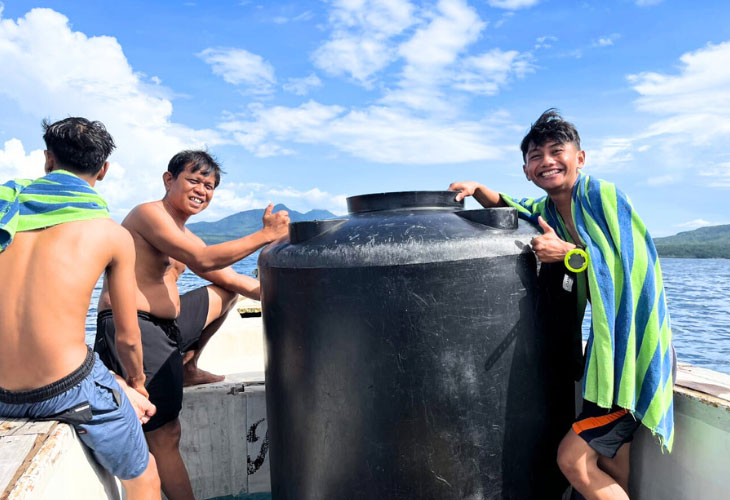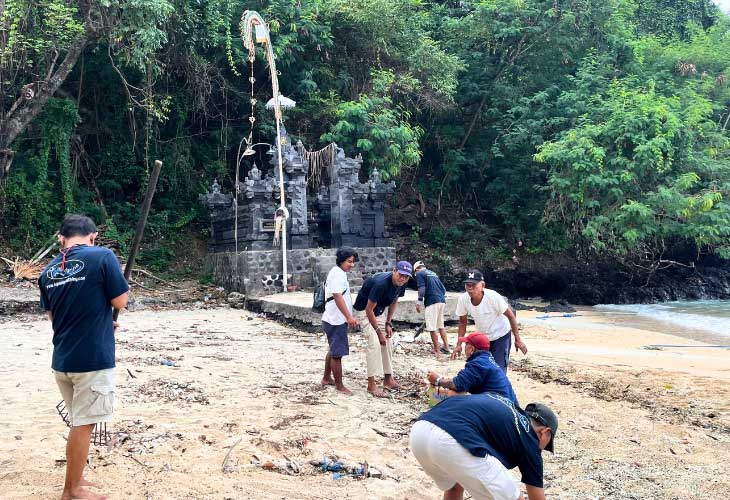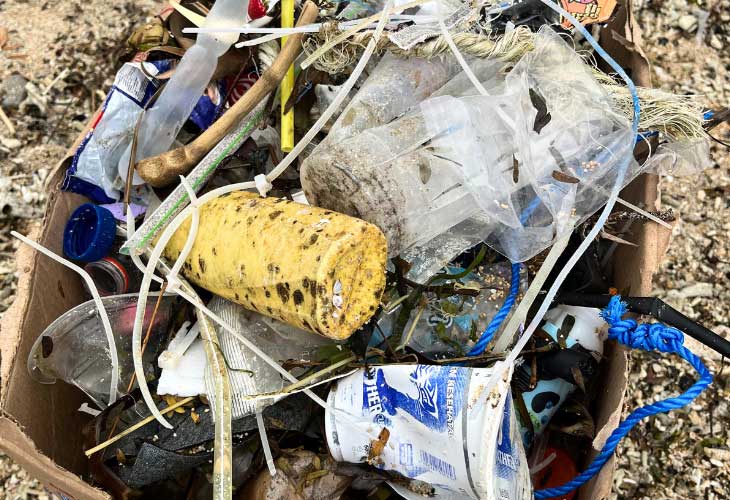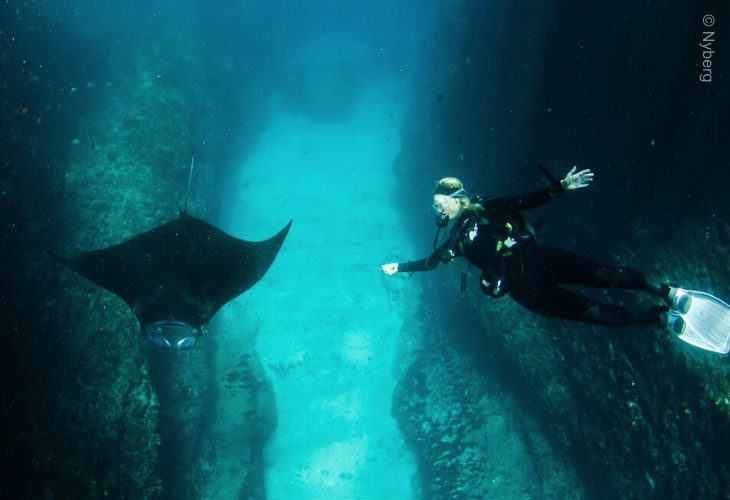The Socio-Economic Benefits of Nusa Penida’s MPA to Local Communities
Just a short boat ride from Bali, Nusa Penida is known for its jaw-dropping cliffs, turquoise waters, and those magical manta rays gliding beneath the waves. But beyond the picture-perfect views, there’s something even more inspiring happening here — the island is proving that protecting the ocean can actually help people thrive.
Since being declared a Marine Protected Area (MPA), Nusa Penida has become a real success story — not just for its marine life, but for the local community too. Here’s how it’s changing lives.
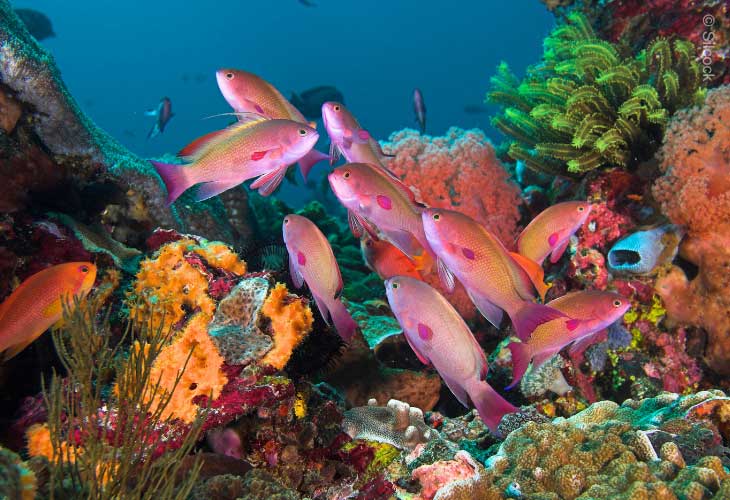
🐠 1. Tourism That Lifts the Local Economy
Let’s start with the obvious one — tourism! The MPA has turned Nusa Penida into a hotspot for divers, snorkellers, and nature lovers from all over the world.
Clear blue water, colourful reefs, and the chance to spot Mola-Mola or manta rays? Yes, please.
This steady wave of visitors means more opportunities for locals — from running dive shops and homestays to opening small cafés and tour services. It’s created jobs, boosted family incomes, and given the island’s economy a healthy lift — all while keeping tourism eco-friendly.
🎣 2. Sustainable Fishing and the “Spillover Effect”
Here’s the cool part — the MPA hasn’t just helped tourism; it’s also helped fishers. By protecting key marine zones and limiting overfishing, fish populations inside the protected area have had time to recover.
And then comes the “spillover effect” — as the fish thrive inside the MPA, many move into nearby fishing areas. That means locals can catch more fish without depleting the sea.
It’s a perfect balance between conservation and livelihood — protecting nature while keeping dinner on the table.
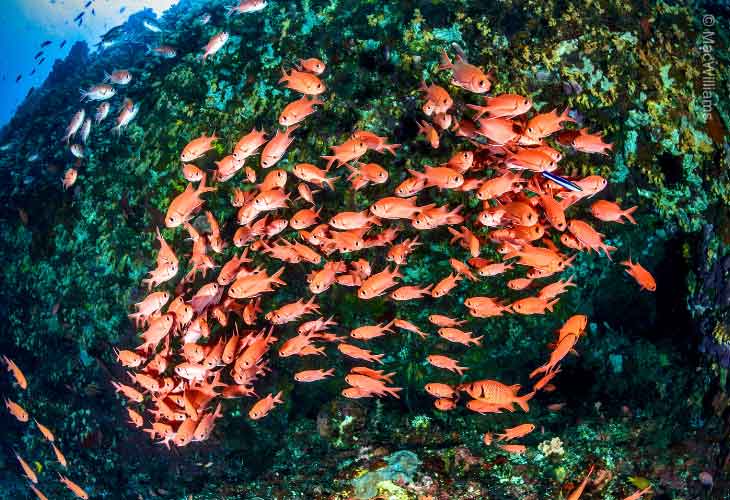
🧑🔬 3. Research, Conservation & New Opportunities
With so much success, it’s no surprise that Nusa Penida has caught the attention of scientists, NGOs, and conservation groups. Researchers come here to study coral health, fish diversity, and ocean management — all of which helps improve how we protect our seas.
Plus, international funding and local programmes bring training, education, and community projects. This means locals get more chances to learn new skills and take part in managing their own marine environment.
So it’s not just about saving fish — it’s about empowering people too.
🏝️ 4. Better Infrastructure, Better Living
Thanks to tourism and conservation funding, Nusa Penida’s infrastructure is also getting an upgrade.
Roads are smoother, waste management is improving, and there are better schools and healthcare facilities popping up around the island. These improvements make everyday life easier for locals and more enjoyable for visitors.
When a community takes care of its environment, it often leads to a cleaner, happier, and more connected place to live.
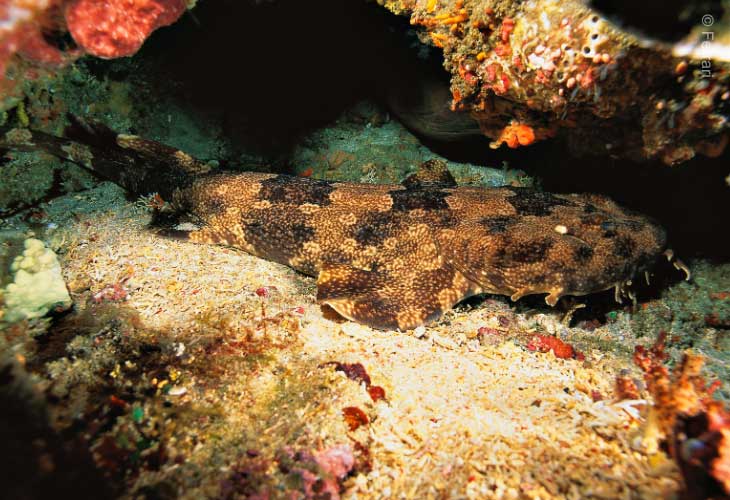
A Model for Sustainable Island Living
The Nusa Penida MPA socio-economic benefits prove that conservation isn’t just about nature — it’s about people, too.
By protecting its coral reefs and marine habitats, Nusa Penida has found a way to grow sustainably, balancing eco-tourism, local jobs, and ocean health.
It’s now a shining example of how small islands can lead big changes — a place where protecting the ocean also protects the community’s future.
By Fahmi, AMD-B’s 2024 Divemaster Internship




